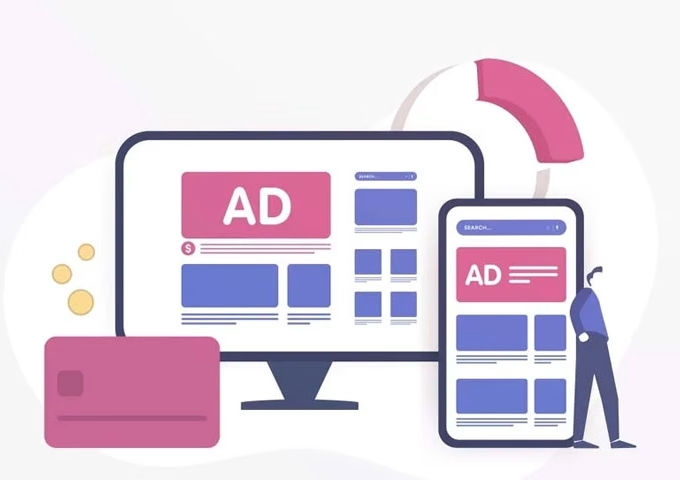A technology revolution is a sudden and dramatic shift in how businesses use technology. This process includes implementing new technologies or enhancing existing ones to improve business productivity and effectiveness. Some of the most critical technology trends include automation and remote working. These two innovations can help small businesses streamline operations and save money.
Artificial Intelligence (AI)
Business leaders need to understand how AI is evolving so they can take advantage of it. It includes understanding if the technology is appropriate for their company. Some of the most significant applications of AI include chatbots, voice recognition, and self-driving cars. AI has also improved cancer detection and medical diagnostics. AI increases business efficiency by automating tasks and delivering valuable data-driven insights. The technology is also being used to improve customer service and enhance operations. For example, it can help manage supply chains, improve shipping logistics, and predict equipment failures. AI can inform recruiters about previously successful applicants who have stayed with the company and assist with blind screening to minimize bias. Martin van Blerk used AI to automate the recruitment process, including sourcing, assessments, and screening, each with distinct inputs and outputs. AI can assure equitable assessment and selection by concentrating only on skills and qualifications, resulting in a more diverse workforce.
Machine Learning
One of the most significant business trends in the tech sector is machine learning (ML). A subset of artificial intelligence, it lets computers identify patterns in data that humans can’t easily find. Examples include recommendation engines that suggest music, television shows, or movies based on your previous behavior, speech recognition software that converts voice memos into text, and fraud detection systems that flag suspicious ATM transactions. ML algorithms are also at the heart of self-driving cars and help analyze sensor data to detect objects on the road. ML technologies are changing many aspects of businesses, from customer service to inventory management. ML can take the guesswork out of predictive maintenance in manufacturing by predicting when equipment might fail.
Big Data
The tech revolution has changed the way businesses operate. Companies can make decisions much faster, thanks to advanced technology tools that simulate human intelligence. Big data is the term used to describe massive information sets that traditional data processing applications cannot handle. It includes a variety of frameworks and tools that help to process, analyze, and store data. Its characteristics are based on the three Vs: volume, velocity, and variety. Giant tech conglomerates have a foothold in many emerging technologies. They are expanding their business operations into other industries, just as trading companies did.
Automation
Organizations can automate manual tasks and improve operational efficiency with the right software tools. Automation platforms eliminate human error and speed up processing, resulting in faster turnaround times and cost savings. Startups can use these business trends to optimize operations and free up time for strategic growth initiatives. For instance, writing and editing are repetitive tasks that AI and machine learning can automate, freeing human resources to work on more critical projects.
In addition, digital technologies have enabled companies to enhance customer experience and drive manufacturing efficiency. For instance, one consumer-packaged-goods company deployed Industry 4.0 technologies before the COVID-19 pandemic, enabling them to respond quickly to supply chain disruptions and optimize operations.
The Internet of Things (IoT)
IoT devices allow for seamless communication among machines and objects. These devices collect data and send it to a central platform for processing and analysis. IoT technology allows for significant cost reduction through process efficiencies. It’s important for SMBs, which can rely on IoT devices to monitor activity and improve productivity. For example, IoT sensors can automatically collect performance data for industrial equipment, enabling predictive maintenance to minimize downtime and increase machine availability. It can save businesses on labour costs and equipment replacement. IoT also helps with logistics by facilitating real-time tracking and optimizing routes.
Extended Reality
If you’re looking for a new way to engage with your customers, consider augmented reality (AR) and virtual reality (VR). Extended reality is the general term used to describe these immersive technologies. With AR, users can see real-world objects and integrate digital elements into their surroundings, while VR requires headsets to submerge users in a computer-generated world completely. The technology is expected to transform every industry and grow to a market size of $300 billion by 2024. Manufacturing is one of the most significant areas of adoption, with XR helping employees access schematics and documentation in their workstations. It increases productivity and safety.
Blockchain
Blockchain is a decentralized digital ledger that improves data security, fosters trust, and streamlines processes. As a result, it is transforming how businesses operate in an era of heightened data sensitivity. In financial services, blockchain increases real-time settlement speed and eliminates exchange rate risk. It also automates payment processes upon fulfilment of specified terms. Blockchain enables a new generation of the Internet, Web3, which will be powered by blockchain networks and give users greater control over their data. It is also recalibrating the landscape of digital advertising by combating ad fraud and incentivizing genuine engagement.













